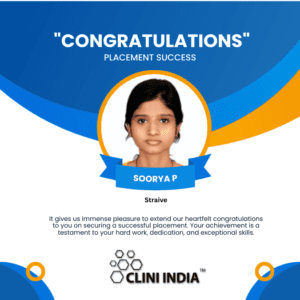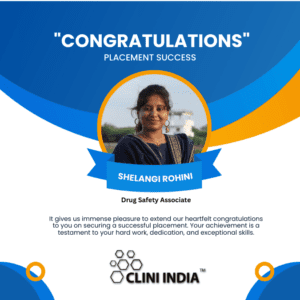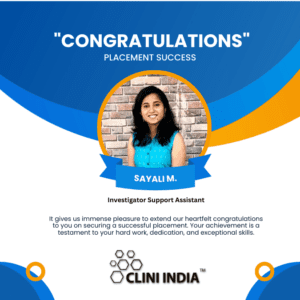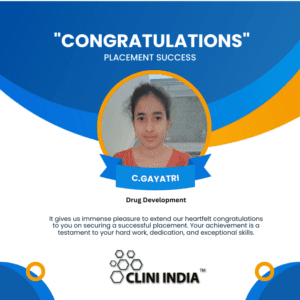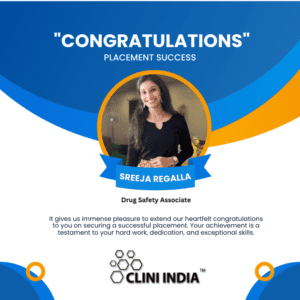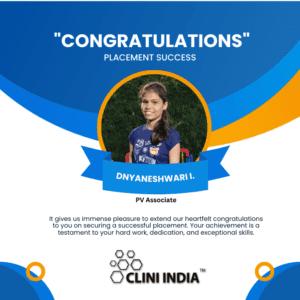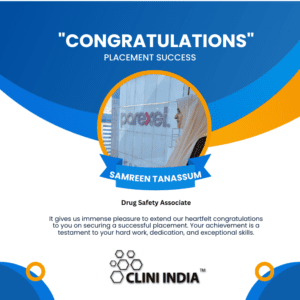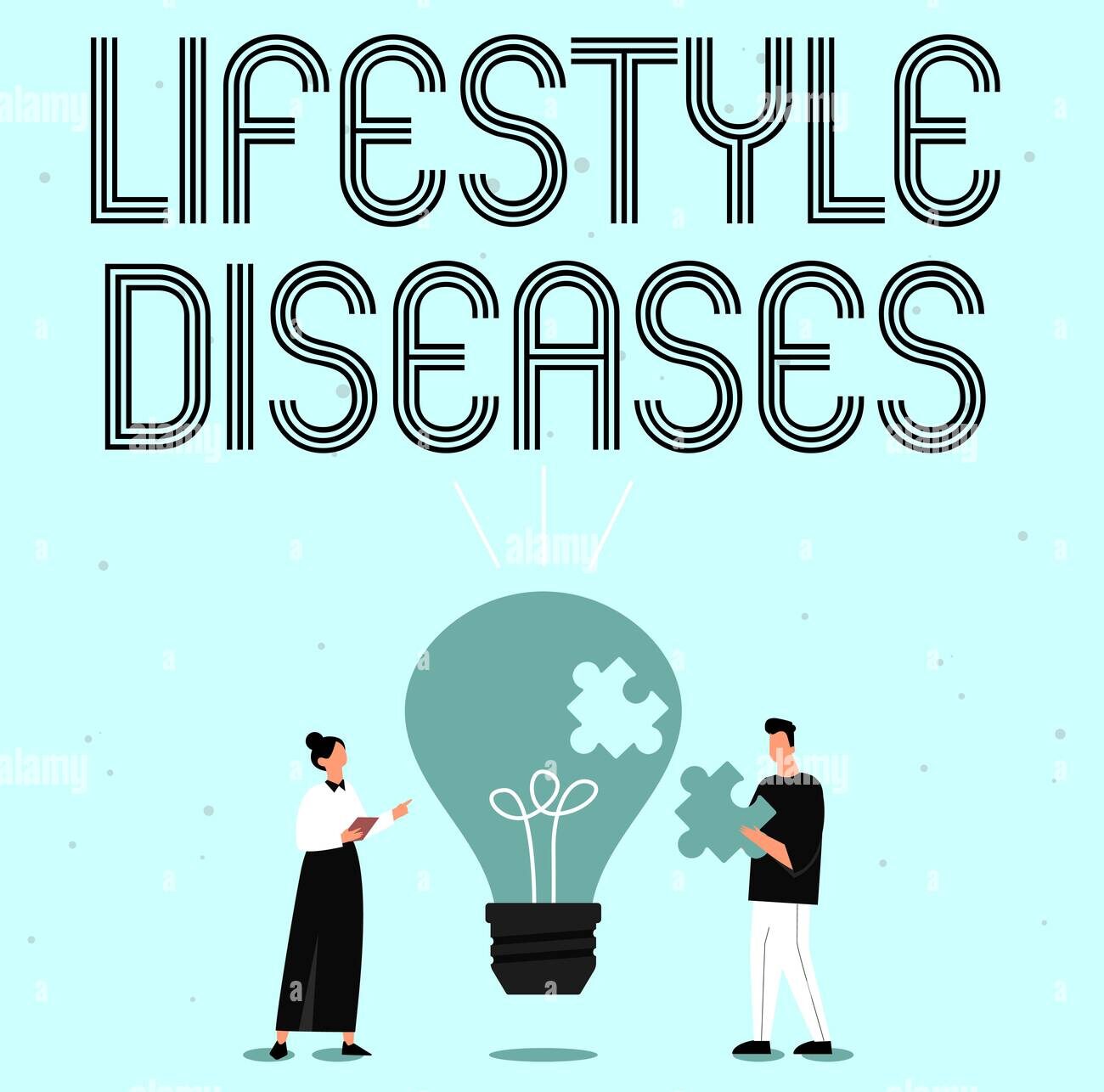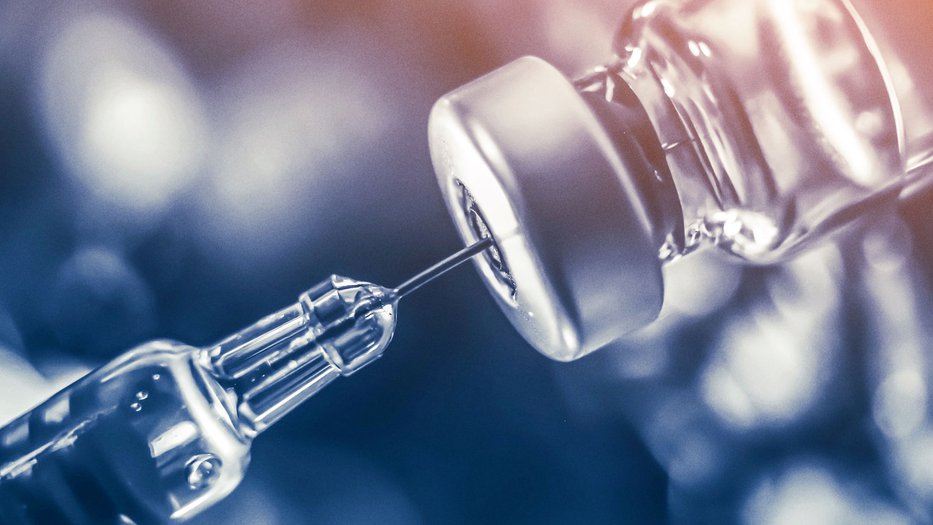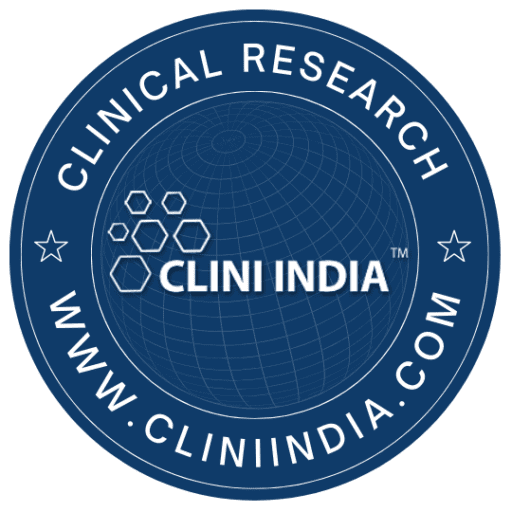
ICSR Process Steps
Pharmacovigilance plays a critical role in ensuring the safety of medicinal products by monitoring adverse drug reactions (ADRs). One of the key components of pharmacovigilance is Individual Case Safety Reports (ICSRs), which are detailed reports of suspected adverse drug reactions. ICSRs help regulatory authorities and pharmaceutical companies identify potential safety concerns and take necessary actions.
Steps in the ICSR Process
1. Case Collection
- The first step in the ICSR process involves collecting information about suspected adverse drug reactions from various sources such as healthcare professionals, patients, literature, and regulatory bodies.
- Reports can come through spontaneous reporting systems, clinical trials, post-marketing surveillance, or social media monitoring.
2. Case Validation
- Once a report is received, it must be validated to ensure it contains essential information, including:
- An identifiable patient
- An identifiable reporter
- A suspected drug
- An adverse reaction
- If any of these elements are missing, the report may require further follow-up for completeness.
3. Data Entry
- The validated case is entered into a pharmacovigilance database, such as the EudraVigilance or FDA Adverse Event Reporting System (FAERS).
- Information is coded using standardized terminologies like MedDRA (Medical Dictionary for Regulatory Activities) to ensure consistency in reporting.
4. Case Assessment
- The case undergoes medical review and causality assessment to determine the likelihood that the drug caused the adverse reaction.
- Various causality assessment methods, such as the WHO-UMC system or Naranjo Algorithm, are used.
5. Case Classification
- Based on the severity and seriousness of the event, the case is classified into different categories:
- Serious vs. Non-serious
- Expected vs. Unexpected (as per product labeling)
- Reportable vs. Non-reportable
6. Quality Review and Compliance Check
- Before submission, a thorough quality check is performed to ensure accuracy and adherence to regulatory guidelines.
- Cases must comply with global pharmacovigilance regulations such as ICH E2E, FDA, EMA, and MHRA.
7. Submission to Regulatory Authorities
- ICSRs must be submitted to the relevant regulatory bodies within defined timelines:
- 15 days for serious and unexpected cases
- 90 days for non-serious cases
- Reports are submitted electronically through E2B-compliant XML format via platforms like VigiFlow, EudraVigilance, and FAERS.
8. Signal Detection and Aggregate Analysis
- Individual ICSRs contribute to signal detection, which involves identifying new safety concerns based on reported cases.
- Periodic reports, such as Periodic Safety Update Reports (PSURs) and Risk Management Plans (RMPs), help in assessing long-term safety profiles.
9. Follow-Up and Continuous Monitoring
- If additional details are required, follow-up is conducted with the reporter.
- Continuous monitoring ensures that emerging safety signals are addressed promptly and appropriate regulatory actions are taken.
Conclusion
The ICSR process is an essential part of pharmacovigilance, helping to detect and manage adverse drug reactions efficiently. A well-structured approach to ICSR management enhances drug safety and ensures compliance with regulatory requirements. By understanding and improving ICSR processes, pharmaceutical companies and healthcare organizations can contribute to better patient outcomes and overall public health safety.





